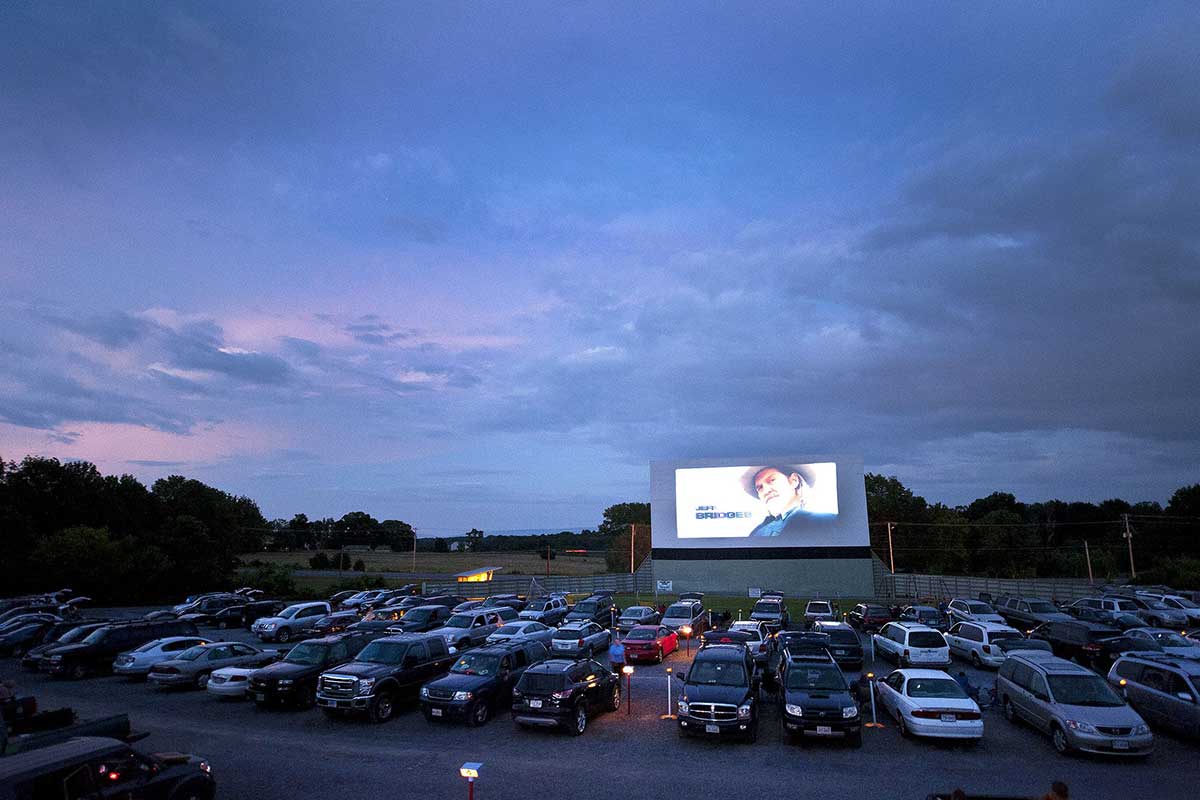
The show began July 14, with occasional shooting stars, or meteors, streaking across Northern Virginia skies. But don’t worry, there’s still time to see this summer’s Perseid meteor shower, the best meteor shower of the year, according to NASA.
The over-one-month-long display features debris from comet 109P/Swift-Tuttle. Occurring once a year when the Earth passes through the comet’s debris, the skies in the Northern Hemisphere are given a remarkable show, barring any natural or artificial interference. Peak period for seeing the most shooting stars is predicted to occur within the first two weeks in August, before ending on Aug. 24.
The meteor shower is named after the Perseus constellation, which is where the radiant is found, says Harold Geller, an associate professor and director of the College of Science Observatory at George Mason University. He explains the radiant is the origin point from the viewer’s perspective for the paths of all meteors.
A common mistake people make while watching the Perseid meteor shower is only looking at the Perseus constellation to see the meteors when, in reality, the shooting stars can be seen throughout the night sky, Geller says.
The Perseid meteor shower is visible with the naked eye, no telescope or binoculars are required. However, if you want to spot the four Galilean moons of Jupiter like their namesake astronomer, a small telescope or binoculars might be useful, Geller advises.
“You will never know where the meteor will make its appearance,” Geller says, “So, you cannot focus on any small area of the night sky.”
Interested in seeing as many shooting stars as possible? Wish upon them all with these tips:
- For best viewing, go to an area (on a clear night without clouds) away from the city with few trees blocking the sky and few artificial light sources.
- Bright moon phases can impact the visibility of meteors. The moon is currently waning, set to reach the New Moon phase July 31—just before the meteor peak. However, another full moon will rise Aug. 15, which can outshine any remaining meteors that are dimmer than the background lighting.
- Bring blankets or light jackets just in case it gets chilly while you wait.
- Use mosquito repellent to protect yourself from bites.
Now, where exactly should you go to see the show in NoVA? Geller says as long as you have a clear view of the sky, you will be able to spot the meteors. Check out our suggestions, below.
The Turner Farm
The Analemma Society hosts Friday night observings, weather permitting. While the park is not open throughout the night, you’ll likely be able to start seeing some stars shoot across the sky before you have to head out. For a small enrollment fee, you can learn more about Perseids through the Fairfax County Park Authority Parktakes course on Aug. 12, best for ages 8 and older. // 925 Springvale Road, Great Falls; free
Big Meadows
Make a mini-vacation out of your Perseid meteor shower show by camping or staying at the nearby lodge in Shenandoah National Park and watching the sky from the nearby meadow. Bring chairs and blankets and take in the nature that surrounds you. And there’s plenty of daytime activities,too —hiking, berry picking, wildlife viewing, etc.—to pass the time before you settle in and wait for the show to begin. // Mile 51.2 Skyline Drive, Stanley; $20-$45
C.M. Crockett Park and Great Meadow
Northern Virginia Astronomy club routinely hosts public events at the park, so even those who aren’t members are welcome to attend. On these nights, members can help guide you in observing the sky for meteors and other celestial objects you may seek, Geller says. It’s a great location for newcomers and experienced members of the stargazing world. Public night events in August are held a week before peak, so you may not get the best show, but you may be able to sight some meteors. // C.M. Crockett Park: 10066 Rogues Road, Midland; $7 for non-Fauquier County vehicles; Great Meadow: 5089 Old Tavern Road, The Plains; free
For more Parks & Rec content, subscribe to our semimonthly newsletter.




